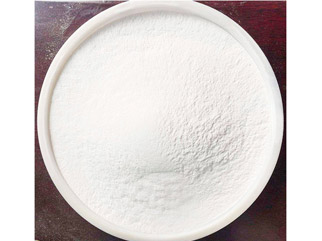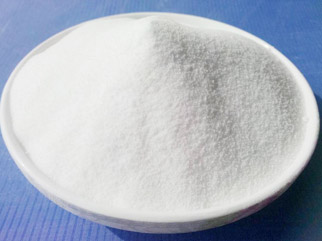Parylene is a vapor-deposited high-molecular polymer material introduced by American companies in the 1960s. It is prepared by a unique vacuum vapor deposition process and can be applied to surfaces of various shapes. The top-level special protective coating against moisture, mildew, corrosion and salt spray. Parylene can be divided into N-type, C type, D type, F type, HT type and many other types. Are there any differences between these types?
Molecular Structure
Parylene N, substituting a hydrogen atom in dimethyl with a chlorine atom to obtain Parylene C; replacing two aromatic hydrocarbon hydrogen atoms with chlorine atoms to obtain Parylene D; replacing 4 hydrogen atoms on the benzene ring with fluorine Then, Parylene F can be obtained; and the H atom on the dimethyl, group is replaced with the F atom to obtain HT-type Parylene.
Performance and use
Parylene N is a good dielectric material with very low dielectric loss, high dielectric strength, and a dielectric constant that does not change with frequency. It is the one with the highest penetrating power of all Parylene and has good self-lubricity, and the friction coefficient is 0.25. It meets the requirements of ISO-10993 biological test and meets the biological test requirements of UDP Type VI plastic.
Parylene C
Parylene C is the second member of commercial value in the series. It combines good electrical and physical properties and has low permeability to moisture and other corrosive gases. It can provide true pinhole-free covering isolation and meet the US military standard MIL-46058C. It is the material of choice for coating important circuit boards. It meets the requirements of the ISO-10993 biological test and meets the biological test requirements of UDP Type VI plastic.
Parylene D, similar in properties to Parylene C, but with higher heat resistance. It still has excellent dielectric properties and physical-mechanical properties at higher temperatures.
Parylene F, its thin film has high dielectric strength and low dielectric constant, and has good thermal stability and UV resistance. The film itself is continuous, dense, and free of pinholes, and can be used as a protective film for various complex shapes of electronic devices.
Parylene HT, the material has a lower dielectric constant, good stability, and waterproof, mildew, and salt spray resistance. The short-term temperature resistance can reach 450 ° C, and the long-term temperature resistance can reach 350 ° C, and has strong UV resistance. More suitable as a protective material for high-frequency microwave devices. It meets the requirements of ISO-10993 biological test and meets the biological test requirements of UDP Type VI plastic.
In addition to the above excellent protective properties, Parylene coating also has good biocompatibility, biological stability, excellent self-lubricity, uniform controllability of the coating, and good physical and mechanical properties. Over the years, it has been widely used in aerospace, microelectronics, semiconductors, sensors, magnetic materials, medical equipment, cultural relics protection and other fields, and has slowly penetrated into people's daily life.

